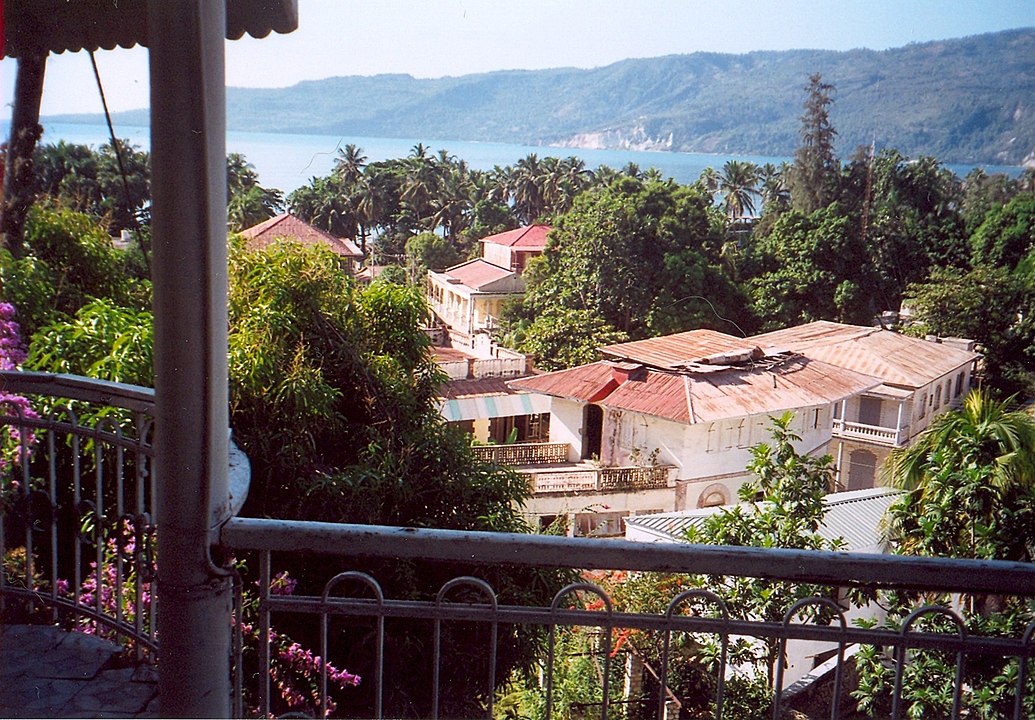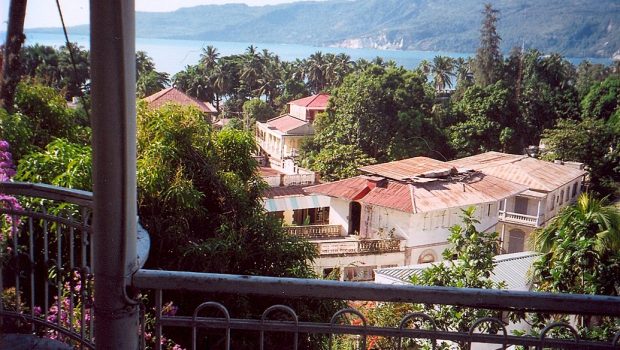Haiti is breaking down renewable energy barriers and developers should take note –
Haiti is breaking down renewable energy barriers and developers should take note –

In recent years energy stakeholders in Haiti have been daunted by one question: How will Haiti reverse the monumental energy deficit in the country and ensure reliable access to energy to the eleven million Haitians? In short, how will the country meet the UN Sustainable Development Goal No.7 – ensure access to affordable, reliable, sustainable and modern energy for all?
The answer provided by the government under the leadership of President Jovenel Moise has been quite simple: increase the share of Renewable Energy (RE) in the energy mix.
The transformation from an underdeveloped, unreliable, and expensive fossil fuel-based energy system to a modern and sustainable one that relies mainly on domestic renewable energy is a necessity to increasing electricity access to the ill-served 70% of the population. Recent difficulties caused by the Covid-19 pandemic reinforce the importance of relying as much as possible on domestic resources – in our case, renewables – for electricity generation.
Such an energy transformation is often impeded by three main barriers: a policy and legal framework not favorable to investment in renewables, difficulty in attracting private investment, and delays in implementation of projects due to technical, financial and social challenges. Haiti’s government, building on domestic expertise and leveraging the support of international partners, has worked and continues to work to identify, design and implement solutions to overcome these obstacles and achieve renewable energy development. It can be done.
The National Regulation Authority of the Energy Sector (ANARSE) has since the start of President Moise’s administration been developing regulation instruments, via concession contracts, and leading modernized, transparent bidding processes. These efforts aim at enabling private participation and foreign direct investment both in “large” regional grids currently operated by the public power utility and greenfield sites through the deployment of renewable energy mini-grids.
The mini-grids are designed with a battery back-up system to operate as distributed generation in off-grid isolated areas. This ensures the system is climate-resilient and can provide vital energy supply during short-term climate-related disasters. This climate resilience benefit is highly valuable for coastline communities in Haiti often hit by hurricanes that are now getting stronger due to climate change.
The mini-grid approach is simple and straightforward. Regulation by contract will be used to enable public-private partnerships in the sector while ANARSE is putting in place a comprehensive regulatory framework.
Private sector players have welcomed this approach. Haiti’s first tender for renewable energy mini-grids resulted in two private consortiums being selected to develop seven sites, with concessions likely signed in the near term. A new program named PHARES (Programme Haïtien d’Accès des communautés Rurales à l’Energie Solaire – Haitian Program for Access to Solar Energy in Rural communities) has recently been launched supported by both Interamerican Development Bank (IDB) and World Bank with very positive feedback from the private sector. The program provides subsidies to private operators for the development of mini-grids in Haiti. In parallel, ANARSE is completing the tender process to select private concessionaires for three regional grids.
The Haitian government is aware that having competent project developers and operators on board is fundamental but not sufficient to get renewable energy plants and grids up and running. Investments and particularly private, commercial investments have to follow suit.
To develop mini-grids, where financial viability remains a challenge, the government works with development partners and financial institutions such as the International Finance Corporation (IFC) to facilitate attractive investment for winning bidders of both regional grids and mini-grids. Additionally, to ensure comprehensive solutions to the financing barriers, the Haitian government established the Off-Grid Electricity Fund (OGEF) with the support of Clean Technology Fund via the World Bank. The OGEF provides financing instruments to private initiatives increasing energy access in rural and peri-urban areas.
To further enable timely deployment of capital for renewable energy projects, the government is working with partners on pilot projects that help identify technical and non-technical challenges to renewable solutions and develop processes to successfully address them. These projects include the construction of 8-MW and 4-MW solar PV plants in the country’s northeast, with the support of IDB and USAID, to serve the regional grid. This project will ensure that customers benefit from reliable and affordable services while allowing teams to monitor challenges and create solutions for future projects in the country.
Another solar PV plant will be built in Jacmel, a commune in southern Haiti known as the “City of Light,” the first city in the Caribbean to have electricity in 1925. This solar PV plant, supported by the World Bank, will connect to the local grid serving Jacmel and neighboring cities.
Another example is the construction of a hybrid diesel and solar PV power plant in Port de Paix, the capital of the Nord-Ouest department of Haiti, fully financed by public funds. These pioneering projects will provide valuable lessons to government agencies and technical partners on the possibilities and challenges of renewable energy while demonstrating that the transformation of established systems is a reality in Haiti.
Formally perceived as a challenging business environment, Haiti’s energy market is undergoing a transition, with enabling conditions, legal frameworks and fiscal incentives for the renewable market. With proven resources particularly for solar, opportunities for investment and operations in renewable energy are expected to increase substantially in the coming period. A ten-year national master plan for the power sector is currently under development and will prioritize the use of renewable energy.
The future of sustainable energy in Haiti is currently taking shape and renewable energy stakeholders should be excited to join the movement.
About the Authors
Nicolas Allien is Acting Coordinator, Energy Cell, Ministry of Public Works, Transportation and Communication.
Evenson Calixte is Managing Director of Regulation Authority of the Energy Sector in Haiti









